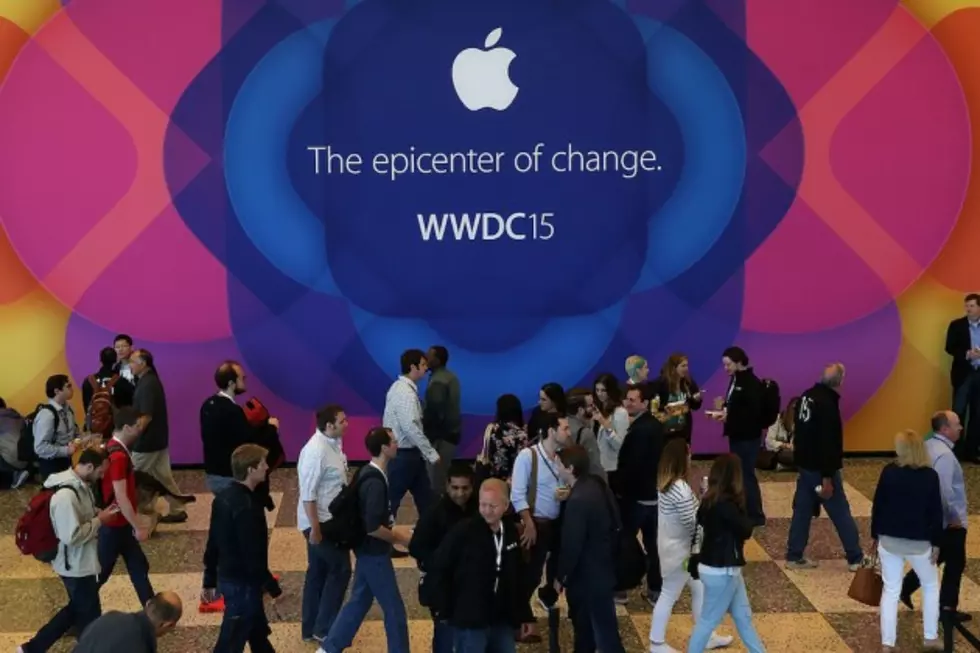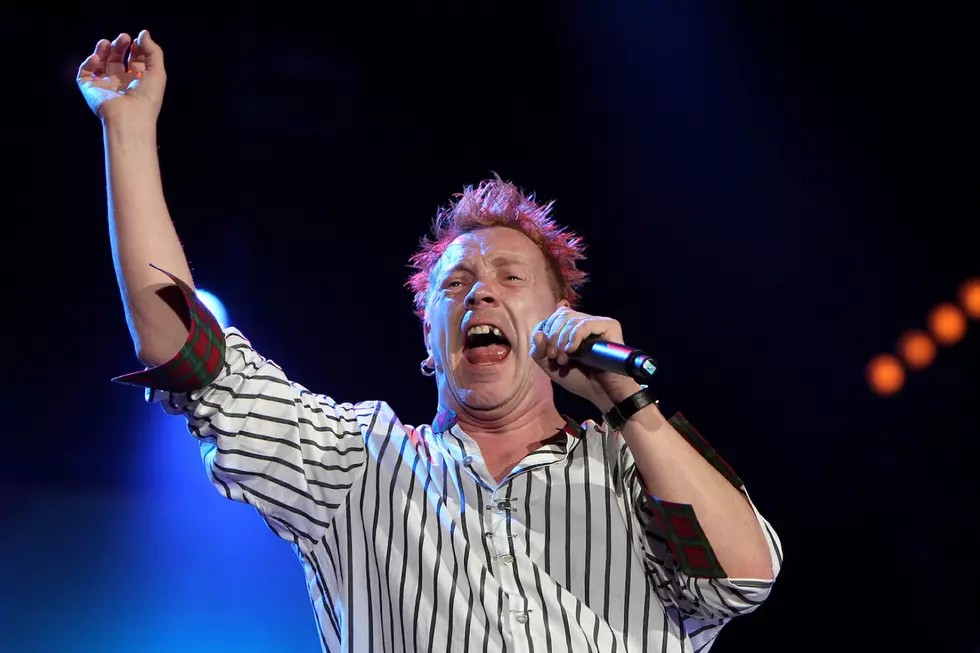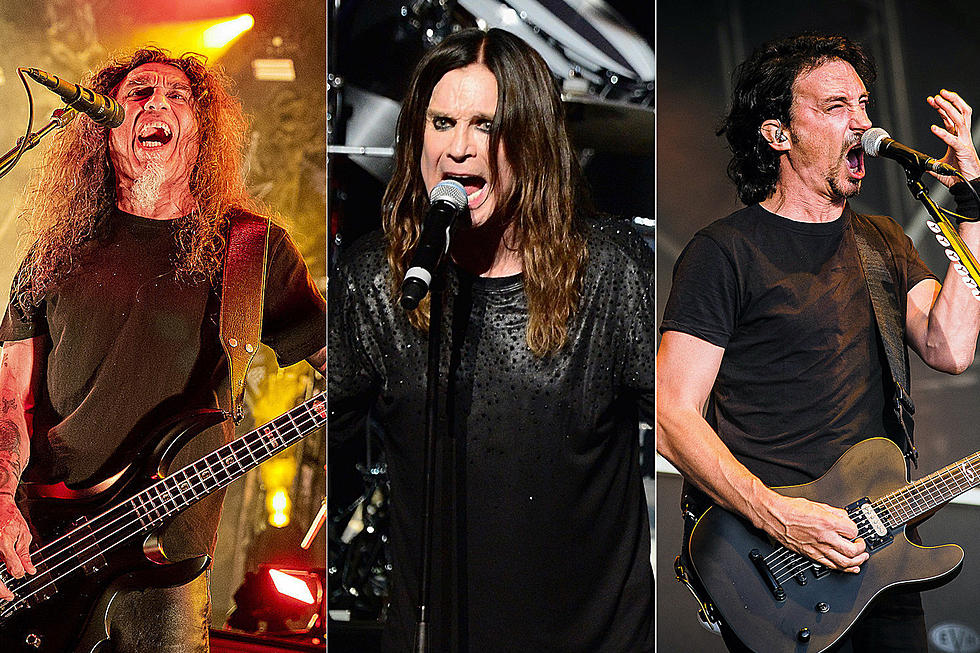
In the Race for Streaming Domination, the Social Element is Key
To enumerate the differences between the major streaming services -- Spotify, Rdio, Tidal and now Apple Music among others -- is basically to split hairs. They all fundamentally offer the same experience: A yawning near-infinity of on-demand music mitigated by curated playlists, radio stations and editorial recommendations, all designed to make navigating the abyss a little less intimidating.
Spotify sets itself apart in one major way: by putting an emphasis on making the listening experience more social. And as the battle for streaming supremacy progressively feels more like a rivalry between Apple Music and Spotify, Apple Music's most apparent weakness -- not to mention the major downside to a potential future where Apple operates alone in the streaming sphere -- is the total lack of social interaction it allows.
One of the features that drives me back to Spotify day after day is the ease with which everyday users like me can create and share playlists. It certainly suits my own purposes: I host a weekly community radio show and Spotify makes it easy to bundle together the songs I play so my listeners can have them handy after the show is over.
Spotify itself curates official playlists like "Afternoon Acoustic" and "Indie Rock Road Trip," but they've always rung a little hollow. They remind me of the CD collections Starbucks used to sell, which smacked of a corporate-radio-style insider-y-ness -- as if the songs were emailed over by major label lackeys trying to push the next John Mayer or Norah Jones. In general, the official playlists feel sort of stale and unsurprising.
The thing to love about Spotify's approach is their willingness to turn over the keys to users, and to make user-created playlists as easily browsable as the official ones. A "Trailer Trash Country" playlist I stumbled upon last week, created by a friend of a friend who I've never met, helped me through a boozy Fourth of July. Through a search, I found a playlist called "Funk You" via search created by a group called SpinGrey, and played it at the bar I work one Saturday night. I had bar-hoppers coming up to me all night asking about the playlist and sticking around to bust moves on the dance floor until 4AM. In both of these cases, the playlists felt tried and tested, expertly and carefully assembled with songs coming unexpectedly, perhaps with hidden inscrutable reason behind their inclusion in the set.
If I choose to "follow" a curator or a playlist, Spotify updates me either via notifications or the feed on the right side of the app. The "following" system makes the whole thing a kind of democratic hierarchy -- users like SpinGrey earn their way to the top by garnering followers. Spotify doesn't pay them and they don't earn money by selling ads, though they may see that as a possibility in the future. Regardless, the top curators seemingly float to the top and all users are empowered to create great playlists and work their way there, too.
The whole following system works for my friends, too. Depending on their privacy settings, I can see what they're listening to and get inspired. I also like the idea of sharing what I'm listening to with them.
All of this keeps me using a streaming platform day after day that in other ways changes very little. It allows me to come back continually without falling into a rut. And it's a general lack of user involvement and engagement -- a dearth of "social" -- that, I think, is one of the chief drawbacks of Apple Music.
For the most part, the experience on Apple Music is funneled toward a page called "New" that indiscriminately features new music including, currently, the likes of Eminem and Pharrell Williams. The "Radio" page features Beats 1 and 53 lesser genre-based stations. And the "For You" page lists a few Apple Music-curated playlists (which are admittedly more particular and on the nose than Spotify's original playlists) and some solid album recommendations. Users can create their own playlists, but the process for doing is convoluted – and once they're created, there's no way to share them with other users. Instead, users are funneled toward what's popular. As Alex Ross writes in the New Yorker, "despite “Think Different” maxims redolent of the old Steve Jobs script -- “It’s your music. Do what you like with it.”-- [Apple Music encourages you] to gravitate toward the music that everyone else is listening to." That's even, of course, true of Beats 1, Apple's play for setting their listening experience apart from the pack.
Ultimately, the voices of Apple Music's curators are the only ones that really ring out. As a result, passionate listeners used to sharing and interacting with each other in connected settings like this can end up feeling silenced. If Apple Music wants to create an environment where listeners will want to hang out every day, it should find ways they can share music with each other, and share it in a democratic way, shoulder to shoulder with the service's official music curators.
More From Antenna Mag










